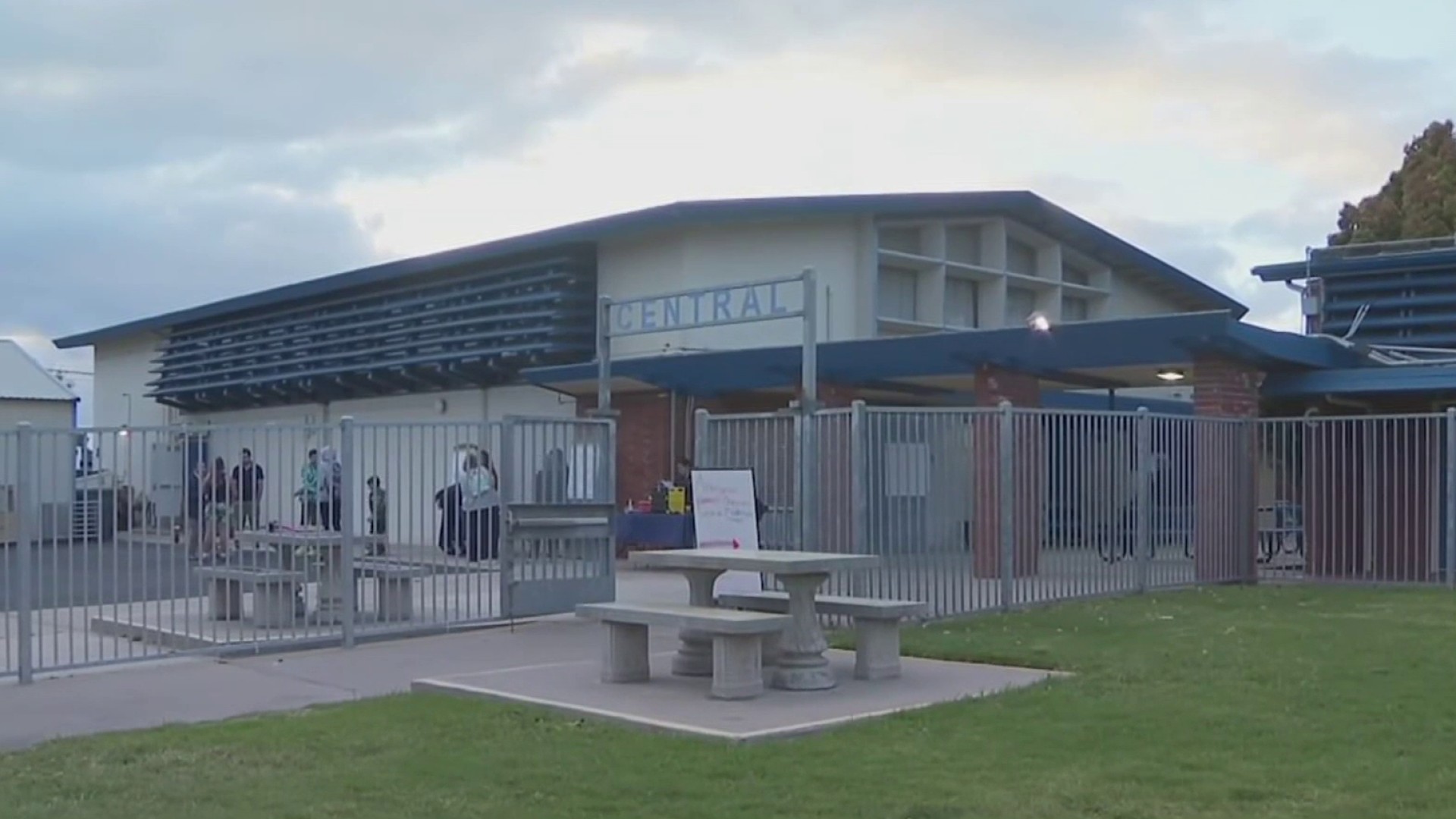David Bernardo’s 1963 VW Beetle has no trouble getting attention on California roads.
His red bug is dutifully restored from tires to wooden roof luggage rack, from chrome dome hubcaps to the polished bumpers bracketing this mid-century classic.
But it’s the motor which makes this bug truly remarkable. It is retro-fit with a high performance electric engine that can power the car, typically known for charmingly sputtering along below the speed limit to high speeds that top 100 miles per hour.
Bernardo doesn't have an automotive background. He is a graphic designer by trade who had a love of this car and a wish to one day convert one to a zero emissions vehicle. But when he looked at conversion options almost a decade ago, he discovered it wasn’t easy. They typically included altering more of the car body he wanted to preserve.
But rapid technology advancements for electric motors just in the past few years made it possible to have an efficient, speedy motor and keep the historical body virtually the same. Working with San Marcos company EV Motors which makes electric motors for race cars, David created his first electric VW simply for his own use.
But quickly, he began to get interest from would be buyers and that is how Zelectric Motors was born.
Images: Zelectric Motors in San Diego
Local
Bernardo now restores and converts typically one VW vehicle a month ( Beetles, Micro-Busses, Karman Ghias and Things) for an array of customers who range from car enthusiasts to undisclosed celebrities.
The price isn't cheap.
It starts typically around $60,000 but there appears to be strong interest in these cars which marry charming, classic style with modern technology with the allure of little maintenance required.
Zelectric cars have won awards from prestigious US car shows. And the company has been profiled in the Wall Street Journal, on cable news networks and in automotive blogs like Robert Angelo’s Roads and Rides.
Despite the vehicle’s environment-friendly motor, David Bernardo says going green wasn’t his driving motivation. He says he wanted to evolve a largely maintenance free classic that goes fast. And he had a cultural mission: to make sure this beloved bug that hit the streets almost 80 years ago can still power along the California coastline for at least another half century



